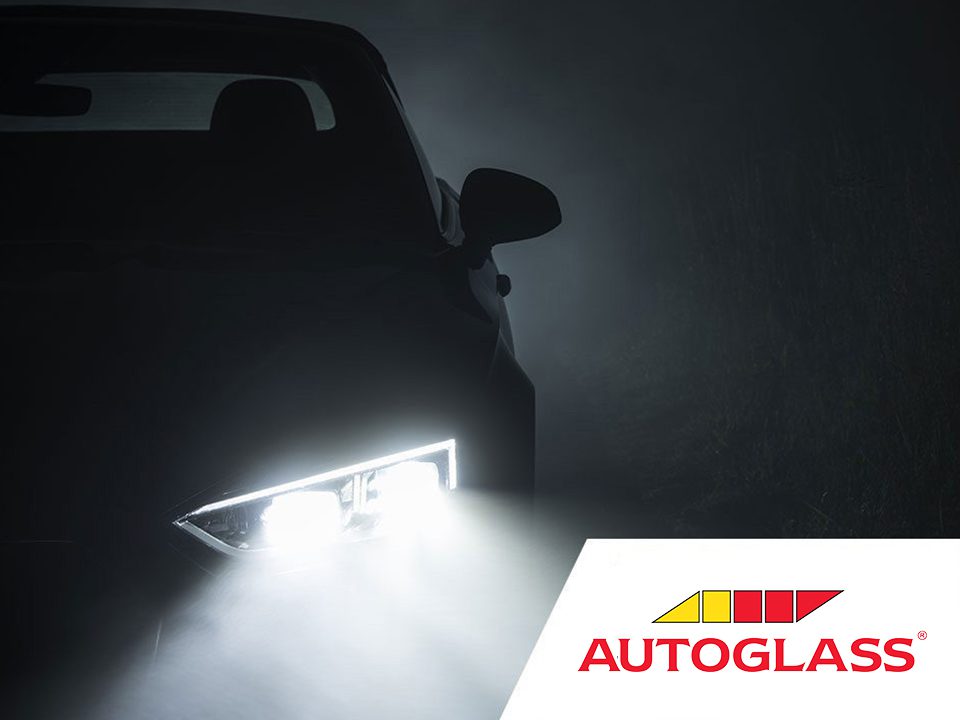
How to Drive Safe in Foggy Conditions
As we move into winter the days grow darker and we often face more challenging driving conditions. Driving in foggy conditions can be alarming – not least of all because fog can appear very suddenly and seriously reduced visibility should not be taken lightly – but if you remain calm and keep this short guide on how to drive in fog safely firmly in mind, then you shouldn’t have any trouble making it to your destination safe and sound.
But first, let’s get a sense of precisely what you’re dealing with when we talk about “Fog”. Fog itself is caused by tiny water droplets suspended in the air. In essence, fog conditions can be understood as a visibility level of less than 200m. The situation becomes considerably more dangerous and liable to cause disruption when the visibility falls below 50m.
So, with that out of the way, let’s get down to business and dive into our simple guide on how to drive in fog safely.
How to Drive Safe on Flooded Roads >>
Turn on your fog lights
Firstly, you’d be forgiven for wondering what precisely the difference is between your standard headlights and your fog lights.
Basically, the moisture in the air that causes fog also reflects the light from normal car headlights back toward your car, creating dangerous levels of glare. The difference between driving with fog lights and normal headlights is how they cut through fog to combat this glare problem. Front fog lights are specifically designed to shine downwards to better illuminate the road below the fog. The top of the beam of the fog light is cut off sharply so that the lights won’t reflect back off the wetness of the fog. Fog lights are also mounted lower down on the car so they can more effectively shine underneath the fog. Normal headlights are mounted higher and aren’t angled downwards in the same way.
If fog descends quickly and you’re out on the road and faced with heavily reduced visibility, proper use of your fog lights will be absolutely essential.
How to Drive Safe in Heavy Rain >>
Slow down and increase your distance
Driving in fog is always going to be more challenging than driving in more favorable weather conditions. Reducing your speed is one simple way to minimise the risk of accidents when you’re faced with limited visibility. It is also wise to leave some extra space between yourself and the car ahead of you. Try increasing the gap to four seconds from the recommended two for starters.
If visibility has become so poor that you need to pull over, do so extremely carefully. We recommend switching off your engine and using your handbrake rather than the brake pedal to slow to a halt. In extremely foggy conditions, your brake light may confuse other road users travelling behind you.
If other drivers are using your rear lights as a guide, they could think you’re still on the road and follow you with dangerous consequences. With that in mind, resist the urge to use the lights from the car ahead of you as a guide – you never know where they’re headed and if you are too focused on keeping up with them, you may well cause an accident. Similarly, avoid making any sudden stops of your own, somebody behind you may be travelling too closely to stop safely.
How to Drive Safe on Icy Roads >>
Pay attention when driving in fog
You need to give your full attention to the road when driving in hazardously foggy conditions. Be patient and turn off all distractions. Because fog can become denser without much notice you need to have your wits about you at all times. Turn down your radio, keep distractions to a minimum and focus on the road.
If you are approaching a junction make sure you slow down so that you can observe the traffic coming in each direction. We’d even recommend rolling down your window and listening for other oncoming vehicles, this can give you an idea of what direction traffic may be coming from.
How to Drive Safe in High Winds >>
It is really that simple. Driving in fog should never be taken lightly, of course. But if you stay focused, take it slow and try to keep these incredibly simple tips in mind – you can be confident you and yours will be out the other side of your foggy journey totally safe and sound.
If you found this piece helpful, don’t forget to check the Autoglass® blog regularly for more tips, guides, walkthroughs and explainers. Safe travels.
Book an appointment now
For a quick and easy way to make an appointment book online now.

